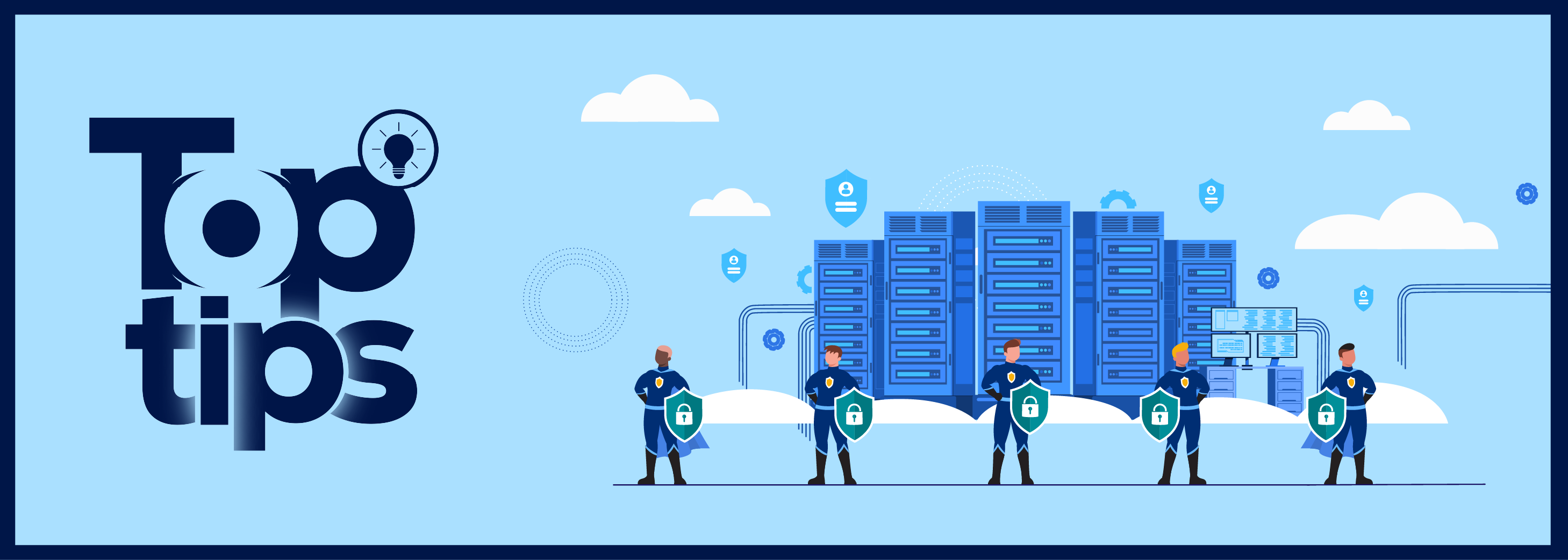Top tips: How to build a human firewall
Top tips is a weekly column where we highlight what’s trending in the tech world and list ways to explore these trends. This week, we will explore ways on how to strengthen any company's first line of defense against cyberattacks.

No matter how advanced your cybersecurity tools are, they’re only as strong as the people using them. Phishing scams, social engineering, and weak passwords are threats that often succeed not because systems fail but because humans do. As cyberattacks become increasingly sophisticated and complex in nature, IT teams must invest in one of their most powerful lines of defense: the people behind the screens.
A human firewall is made up of educated, vigilant employees who understand cybersecurity threats and know how to respond to them. Here are some practical, real-world tips to help you build that line of defense.
Start with engaging and practical security awareness training
It’s not enough to run a one-time security training session and call it a day. Just like fire drills, cybersecurity awareness should be frequent, hands-on, and scenario-based. Employees are more likely to remember what to do when they’ve practiced it. Use real-world examples in your training sessions, like a fake invoice from a vendor or an urgent password reset email with a spoofed domain. The more realistic the example, the better prepared your team will be.
Simulate attacks and then talk about them
Simulated phishing campaigns are among the most effective ways to test and teach. These campaigns help identify users who are likely to fall for phishing attacks and allow for targeted follow-up training. But don’t stop at just tracking clicks. Open the conversation. Discuss what the red flags were, why the email was suspicious, and how to report it.
For instance, say a financial services firm conducted a quarterly phishing simulation. It noticed that while most employees didn’t click the link, a few forwarded the email to colleagues asking, “Does this look real?” That opened up an entirely new training opportunity. Recognizing that silence isn’t safety and knowing how to report suspicious activity is just as important as not falling for it.
Promote a no-blame reporting culture
Cybersecurity is a team sport. If an employee clicks a malicious link or falls for a scam, they should feel encouraged to report it immediately—not worried about getting reprimanded. The faster the IT team knows about a mistake, the faster the damage can be minimized. Build a culture where users know that reporting an error is better than covering it up.
Simplify secure behavior
People will take shortcuts when security becomes complicated. That’s human nature. Make it easy for users to do the right thing. Implement single sign-on where possible, use password managers to avoid “password123” scenarios, and require multi-factor authentication without creating friction.
Remember, the goal is to guide users, not overwhelm them. Clear instructions, visual cues, and friendly reminders go a long way. Something as simple as color-coded banners on external emails can nudge employees to think twice before clicking.
Keep security in everyday conversations
The best cybersecurity programs don’t sit in silos. They show up in team meetings, internal newsletters, onboarding sessions, and even team lunches. Regular reinforcement without fear or fatigue is key. Share news of high-profile attacks and ask, “What would we do if this happened here?” Make it real and make it relevant.
Building a human firewall is not a one-time project. As threats evolve, so should people. By turning your employees into cyber allies instead of risks, you transform your weakest link into your strongest shield.
Cybercriminals are counting on people to make mistakes. Let’s prove them wrong—together!